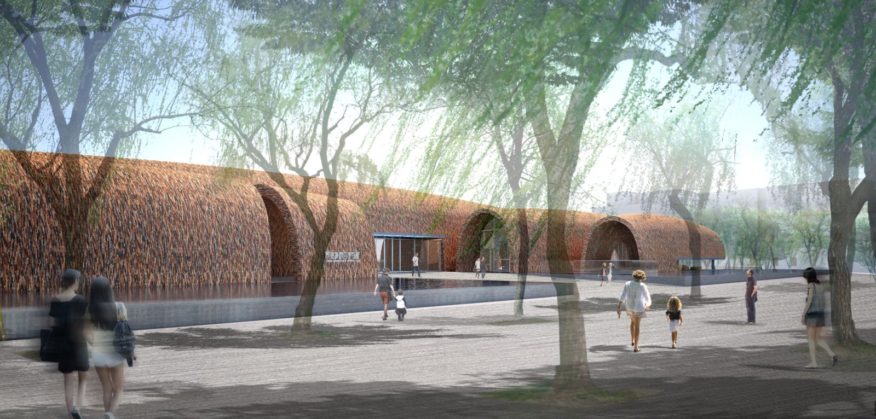
Located in the historic center of Jingdezhen city, Jingdezhen Historical Museum of the Imperial Kiln is adjacent to the Ming and Qing imperial kiln ruins and surrounded by many ancient kilns varied in size. Jingdezhen was born by a kiln, made by bricks, and became prosperity because of china.
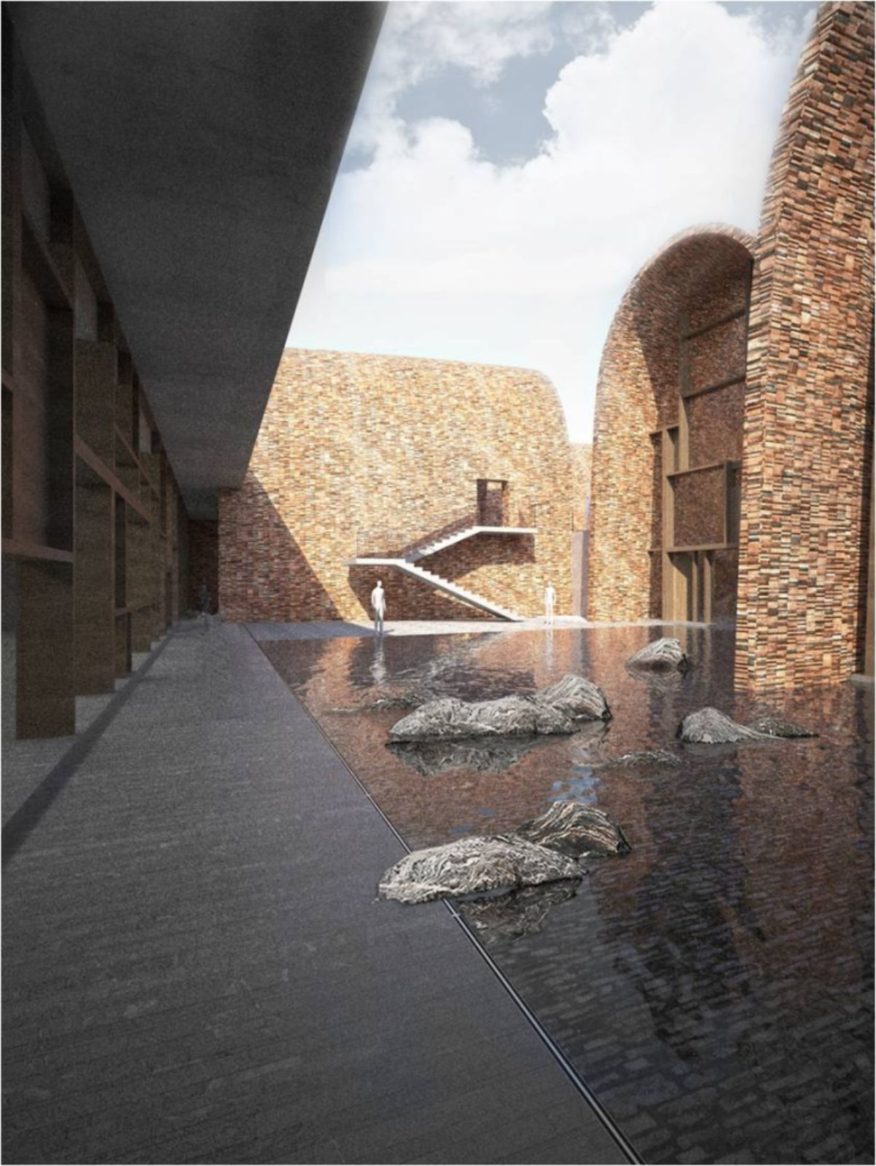
The bricks of Jingdezhen record a warmth inseparable from the lifeblood of the city: In the past, the children of Jingdezhen would take a warm brick from the firing kilns to place in their schoolbags, holding it tight to keep warm and thus making it through the freezing winter.

During summer, when off season starts, this place surrounded by brickwork provide the public of different age groups wonderfully a shaded communal space. With imperishable memories from generation to generation, those broken ancient kilns of course became the inspiration of the design.

The unique form of the kilns, the Eastern arch prototype , plus its passing time and memories, shaped the isomorphic relations of kilns, porcelains and people. The kiln has not only entered the entire city history as an architectural form, thus, it is only logical that the kiln is used as the leitmotiv for the Museum of the Imperial Kiln.

A number of different sizes and different body mass brick arch layout, creating a atmosphere, relaxed, casual, manual and natural. When walking across the multiple kilns and sunken courtyards, people can obtain a kind of both familiar yet strange spatial experience. The museum has two levels: underground and ground level where the foyer locates.
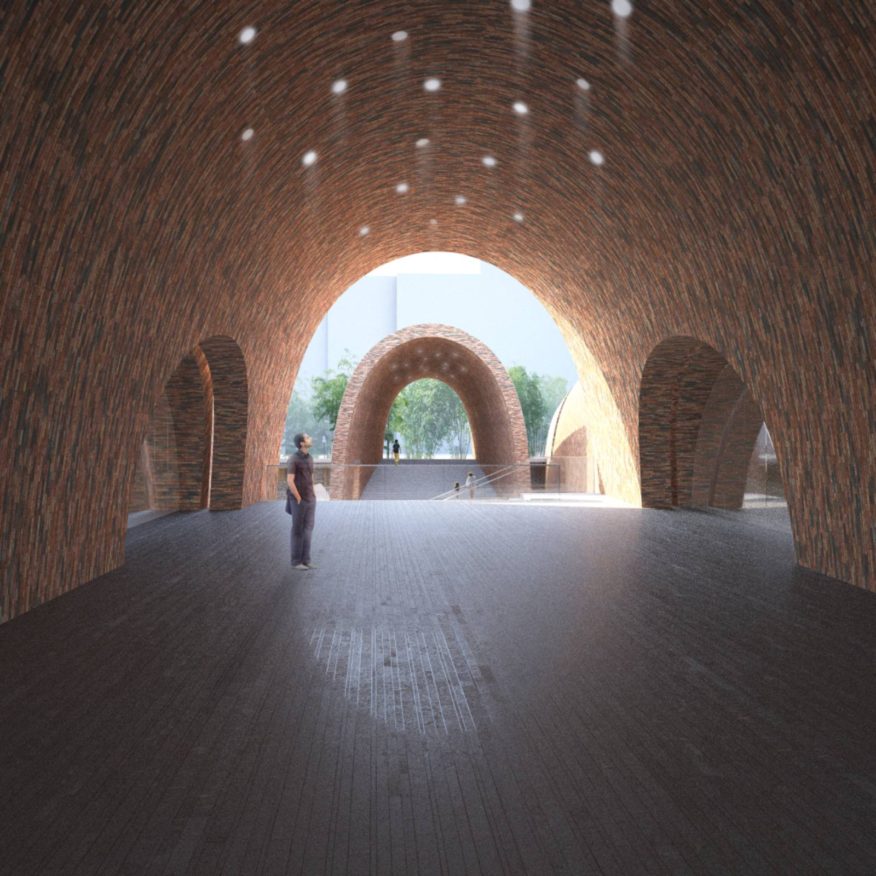
This layout contributes to the sense of friendly familiarity and the similarity in terms of scale between its volume and those existing constructions surrounding it as you get closer to the building. As long as you walk on the flat surface of water, and enter the foyer, and then turn left, you will pass a series of arched exhibition spaces lightly varied in size and with contradicting openness (enclosed or open to the sky).

Meanwhile you can obtain a three-in-one (kilns-porcelains-people) museum experience when you see those porcelain relics and sunken courtyards which create manifold layers’ experiences with ancient bricks on façade.

As you turn right at the foyer, you will respectively pass the bookstore, café, tea room and finally reach a semi-outdoor area under the arch, witnessing a picturesque scene: in daytime surfaces on these arches reflect the waves of water while low horizontal gaps tempt people to sit down on the floor to see the long horizon of the imperial kiln ruins, without expectation.
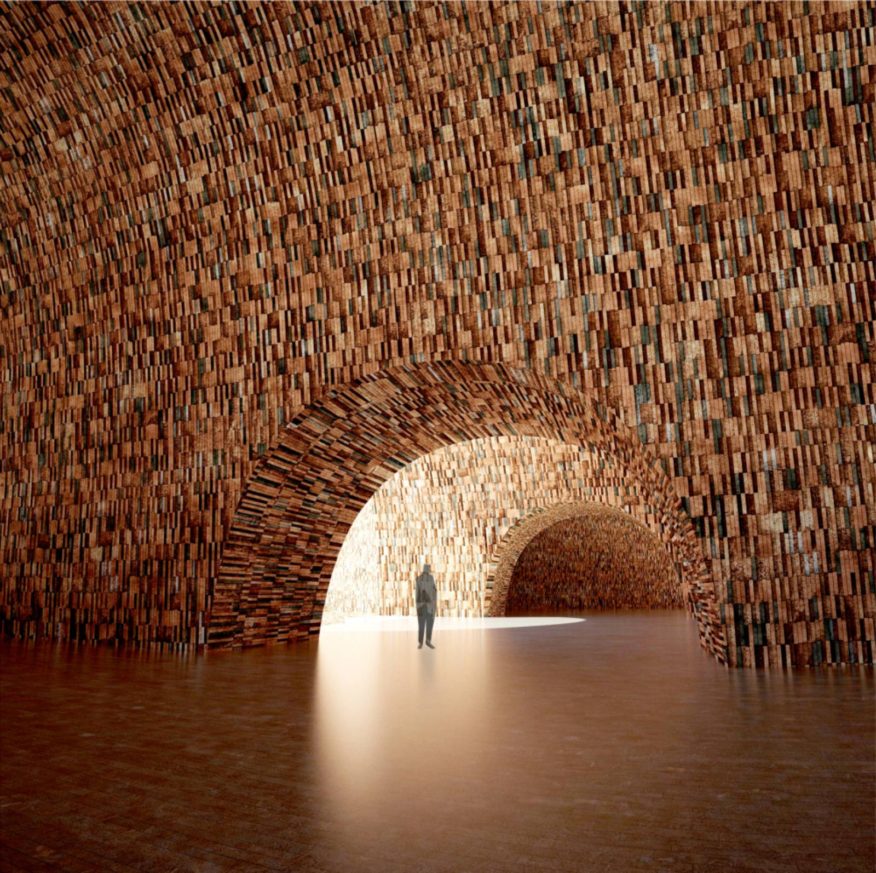
Similar surprise would be created when you see the Linglong Pavilion of the imperial kiln ruins through the vertical seams when you are on the way to the auditorium before accessing the foyer. Fixed exhibition has an enclosed circulation passing the two floors while two temporary exhibition halls can be added to that circulation, together or separately, or being randomly visited.

The two halls can stay independently or become parts of the whole exhibition. Another feature of the museum is that the process of recovering ancient porcelains will be open to the public, becoming an essential section of the exhibition.

The entrance of the administration building situated in the north of the rather independent arch that lies on the southeast of the whole complex, a quiet and hidden area. Trucks can reach there by astern running though the south of that arch, loading and unloading cargos in an enclosed and safe place. Source and images, Courtesy of Studio Zhu-Pei.



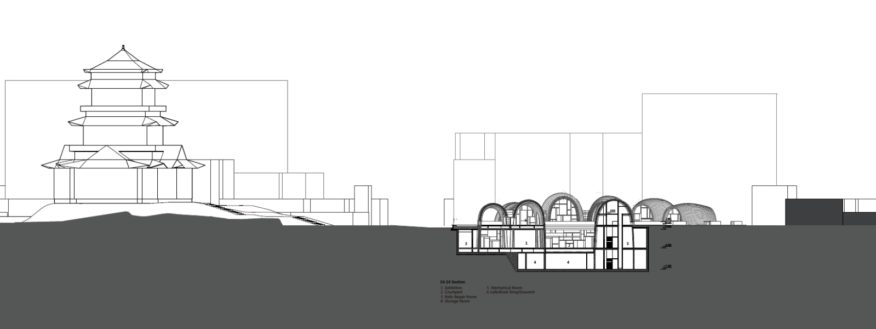

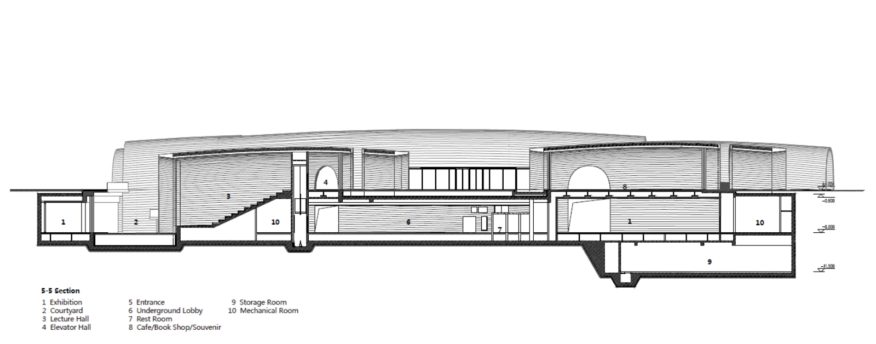

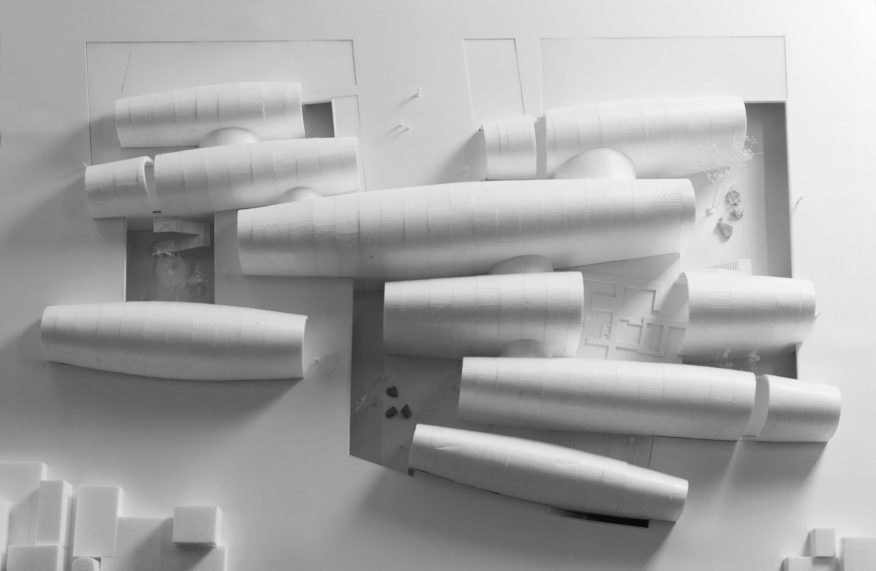
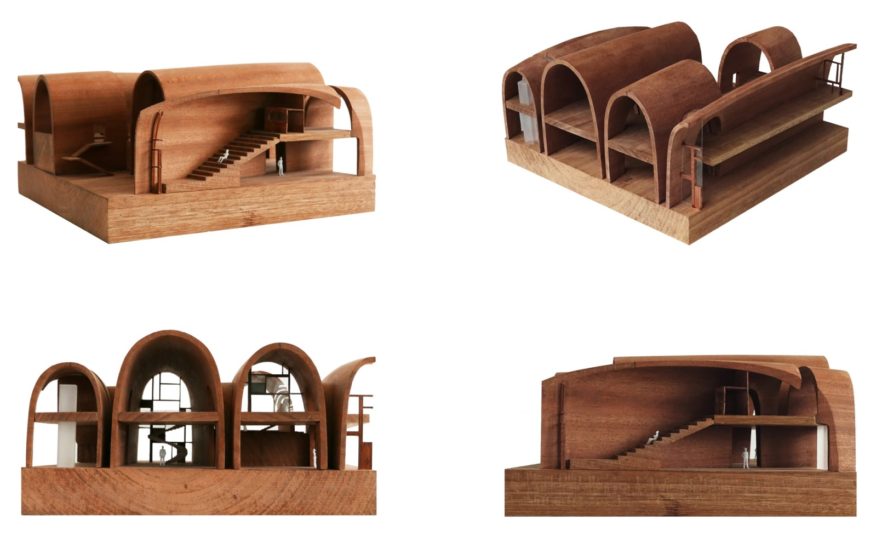


Nice advice and really true. One of the vital essential issues bloggers, or any business, can do is strive not to supply up. Even if instances are powerful it’s vital to be there to your readers and customers outcome they are going to keep in mind you in a constructive light as soon issues get better and you can be rewarded to your efforts.